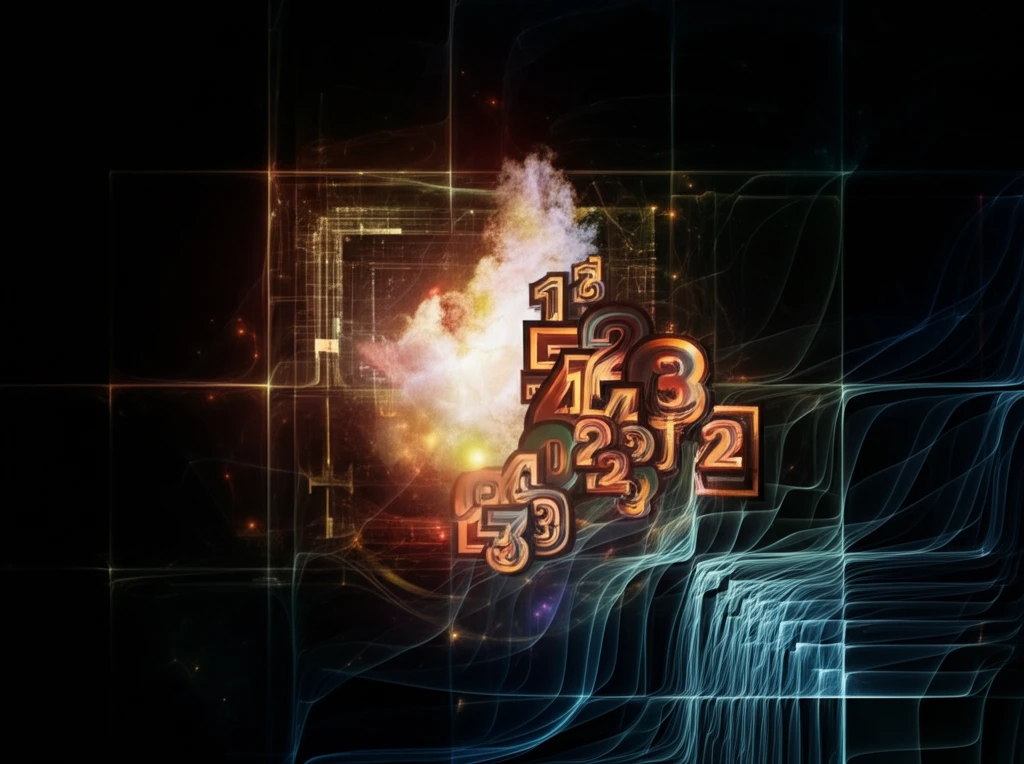
Unlocking the Secrets of Numbers: How Advanced Math Reveals Hidden Patterns
"Delve into the fascinating world of number theory and discover how cutting-edge research is uncovering unexpected connections and practical applications."
For centuries, number theory has been regarded as one of the purest branches of mathematics, often pursued for its own sake with little regard for practical application. Yet, time and again, the abstract concepts developed by mathematicians have found unexpected uses in the real world. From the prime numbers that underpin modern cryptography to the complex algorithms that power search engines, the language of numbers is proving to be increasingly indispensable.
Now, a new wave of research is pushing the boundaries of number theory even further, exploring intricate mathematical structures known as polyharmonic Maass forms. These complex functions, which generalize classical harmonic Maass forms, are revealing deep connections between seemingly disparate areas of mathematics, and their potential applications are only beginning to be understood.
This article unpacks the latest breakthroughs in this fascinating field, explaining how mathematicians are using these advanced tools to solve long-standing problems and uncover hidden patterns that could shape the future of technology and beyond.
The Intricate World of Polyharmonic Maass Forms

At the heart of this research lies the concept of polyharmonic Maass forms. To understand these objects, it's helpful to start with their simpler cousins: harmonic Maass forms. These are special functions that satisfy a specific type of differential equation, similar to the equations that describe the vibrations of a guitar string or the flow of heat through a metal rod. What makes them particularly interesting is their connection to modular forms, which are highly symmetrical functions with deep ties to number theory.
- They generalize classical harmonic Maass forms.
- They reveal deeper connections within number theory.
- They potentially lead to new breakthroughs in other fields.
- They help solve complex Fourier coefficient trace problems
From Abstract Theory to Concrete Applications
While the study of polyharmonic Maass forms may seem purely theoretical, its potential applications are far-reaching. Number theory has a long history of unexpected connections to cryptography, data science, and physics. As researchers continue to unravel the mysteries of these complex mathematical objects, we can expect to see new and exciting applications emerge in the years to come, transforming our understanding of the world and shaping the future of technology.
